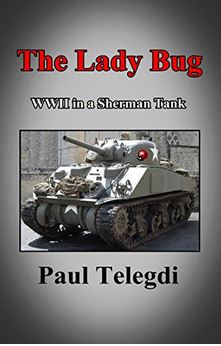Hayao Miyazaki is a Japanese producer/director, animator/author/screenwriter, and manga artist. Over the past 50 years, he achieved widespread acclaim as the creator of anime feature films that are commercial successes in Japan, mostly through his production company Studio Ghibli. Most people in the West hadn’t heard of him until Princess Mononoke.
Miyazaki is a traditionalist, favoring hand-painted animation, often using water colors. He usually starts the animation before the script is finished and the storyboards are still developing.
His work is amazing. I’ve been working my way through his films thanks to friends Ron and Ella. So far, I’ve seen Spirited Away, Howl’s Moving Castle, My Neighbor Totoro, Porco Rosso, Castle of Cagliostro and Princes Mononoke. My favorite is definitely Porco Rosso, the tale of a WWI fighter pilot who lives his life as a pig.
Miyazaki manages to convey a breathtaking sense of wonder in his films, amazingly charming characters, and interesting stories. He infuses each character with very human traits revealed through action, which conveys a deep sense of empathy and realism.
If you enjoy anime and haven’t watched his films yet, I recommend you check them out.
 CRASH DIVE, my submarine series, is so fun to write, I’ve been thinking about writing a series about the crew of a Sherman tank. First step is to see what else is out there, which brought me to LADY BUG. In Paul Telegdi’s war novel, the crew of a Sherman tank fights from North Africa to Italy during WW2. Not all of them will be coming home, however, at least in one piece.
CRASH DIVE, my submarine series, is so fun to write, I’ve been thinking about writing a series about the crew of a Sherman tank. First step is to see what else is out there, which brought me to LADY BUG. In Paul Telegdi’s war novel, the crew of a Sherman tank fights from North Africa to Italy during WW2. Not all of them will be coming home, however, at least in one piece.
 What happens after the end of the world? That’s the thematic question behind AFTER, an anthology of nineteen stories edited by Ellen Datlow and Terri Windling.
What happens after the end of the world? That’s the thematic question behind AFTER, an anthology of nineteen stories edited by Ellen Datlow and Terri Windling.
